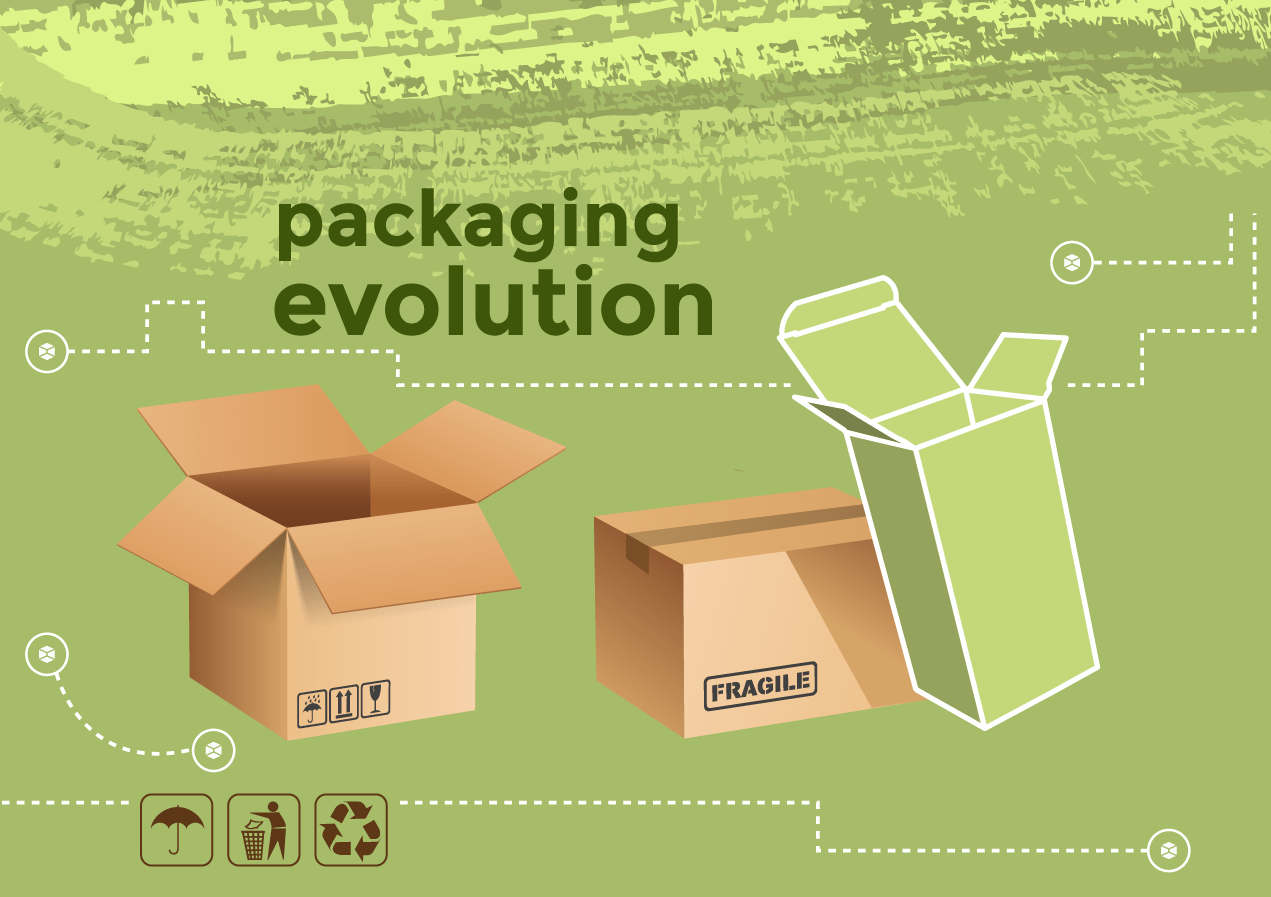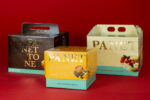Let’s explore the history and evolution of packaging from both the functional and the promotional point of view.
The idea of packaging stemmed from the need to protect goods during transportation. Its origins, therefore, result from the need to move products safely while preserving their integrity.
Throughout history, packaging has been accompanied by other types of “containers”. This has led to the need to define its functions and purposes.
Two were the major events that marked the evolution of packaging: the nineteenth-century universal exhibitions, events during which different countries presented their industrially manufactured goods in packs rather than in bulk; and the birth of supermarkets, retail outlets for mass distribution where the need to compete gave rise to increasingly complex packaging designs that needed to ensure a brand’s success.
The definition of modern packaging is: “processes (such as cleaning, drying, preserving) and materials (such as glass, metal, paper or paperboard, plastic) used to contain, handle, protect, and/or transport an article. The role of packaging is broadening and may include functions such as to attract attention, assist in promotion, provide machine identification (barcodes, etc.), impart essential or additional information, and help in utilization.” (BusinessDictionary.com. WebFinance, Inc.)
This definition highlights the two main dimensions of packaging: communicative and functional. Given its double value, we should consider packaging a multidisciplinary subject whose development depends on both marketing and design.
Based on its different purposes, it is possible to classify packaging into primary, secondary and tertiary.
Primary packaging (sometimes referred to as retail packaging) is the packaging in direct contact with the product. Its main purpose is to protect and/or preserve, contain and inform the consumer.
Let’s take milk as an example. The carton containing the liquid and the label are both instances of primary packaging.
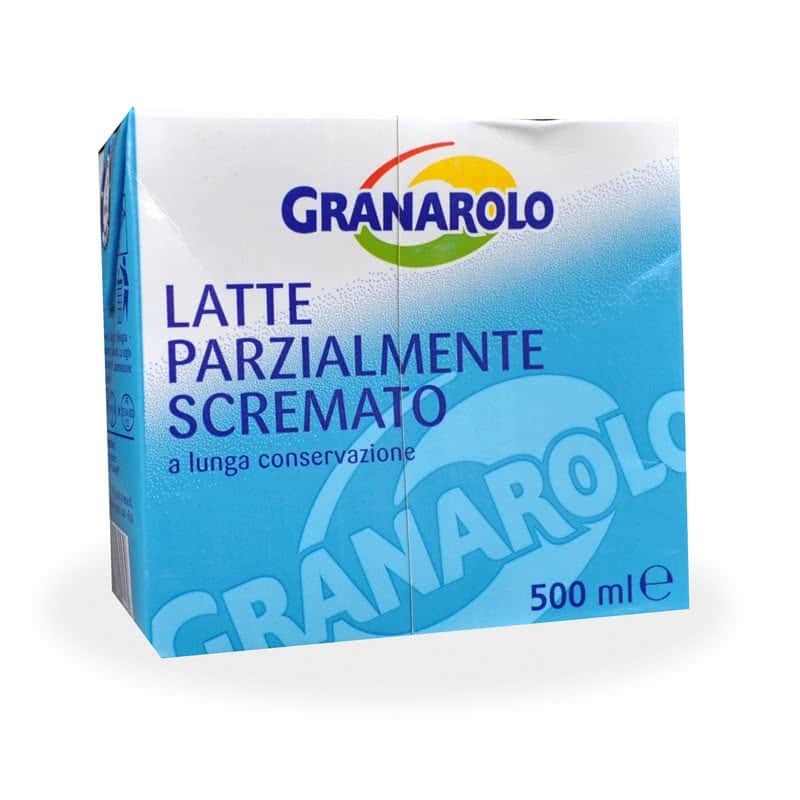
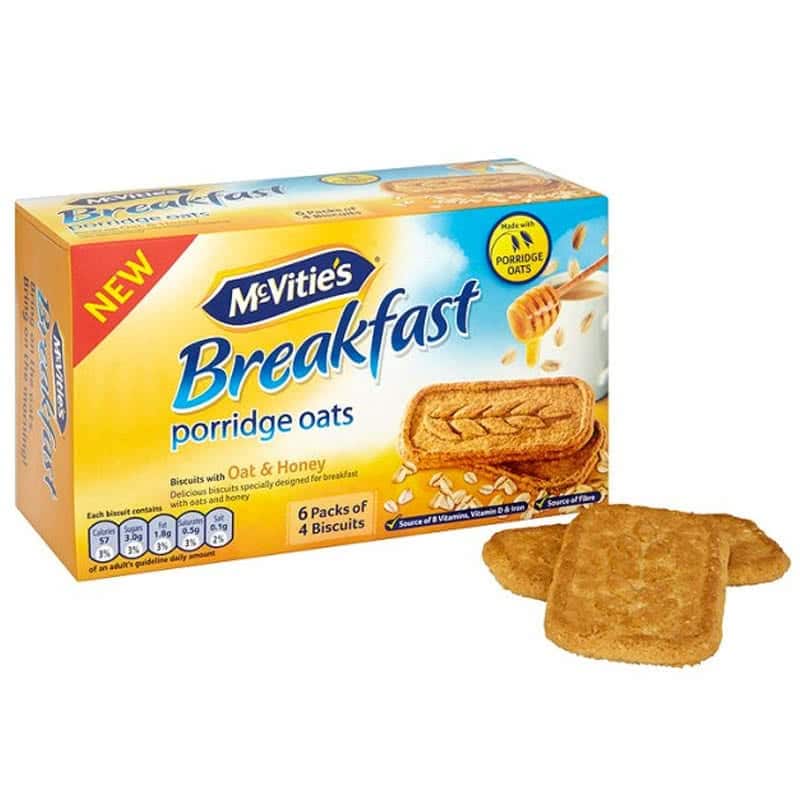
Secondary packaging is packaging whose purpose is to display multiple product units for sale, simplify restocking and act as a tool for marketing and branding. Scroll down to see a few examples of secondary packaging.
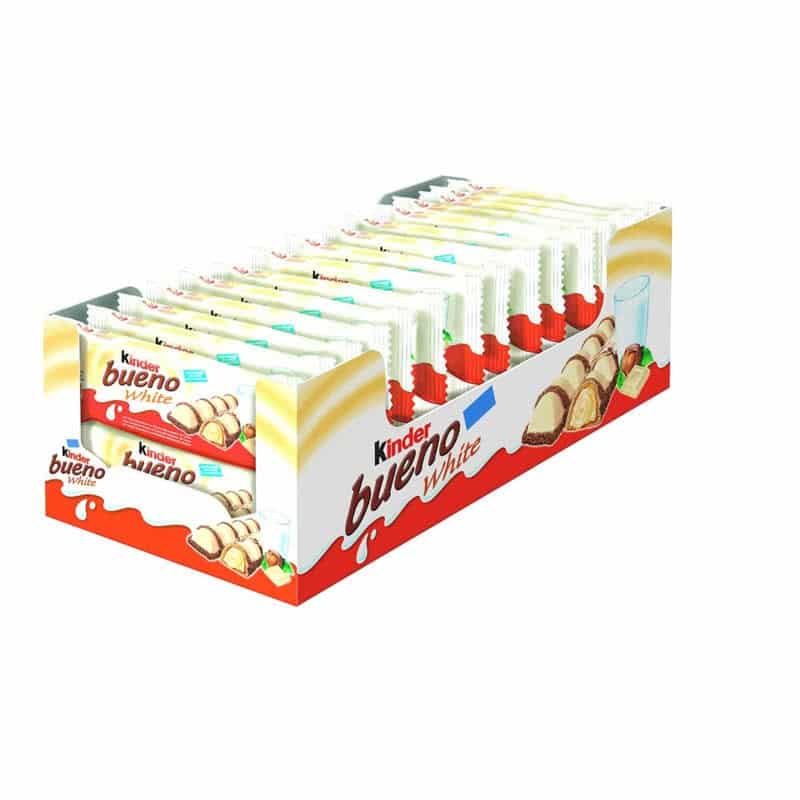
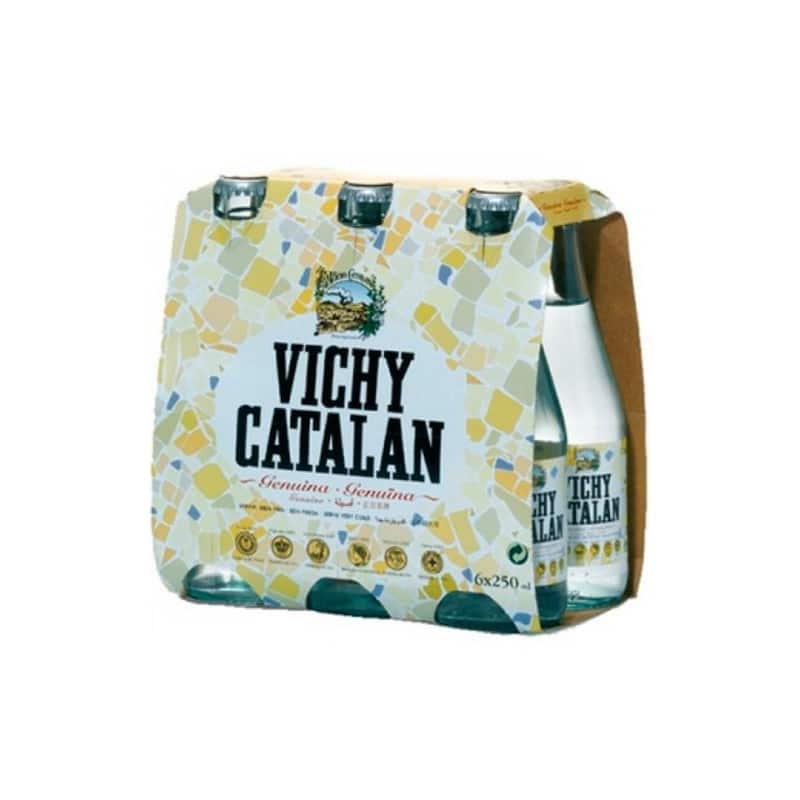
Tertiary packaging, on the other hand, is a type of wrapping that facilitates the protection, handling, and transportation of goods. Tertiary packaging groups everything into unit loads during transit. Good examples of tertiary packaging are industrial corrugated boxes and mailer boxes intended for courier transportation.

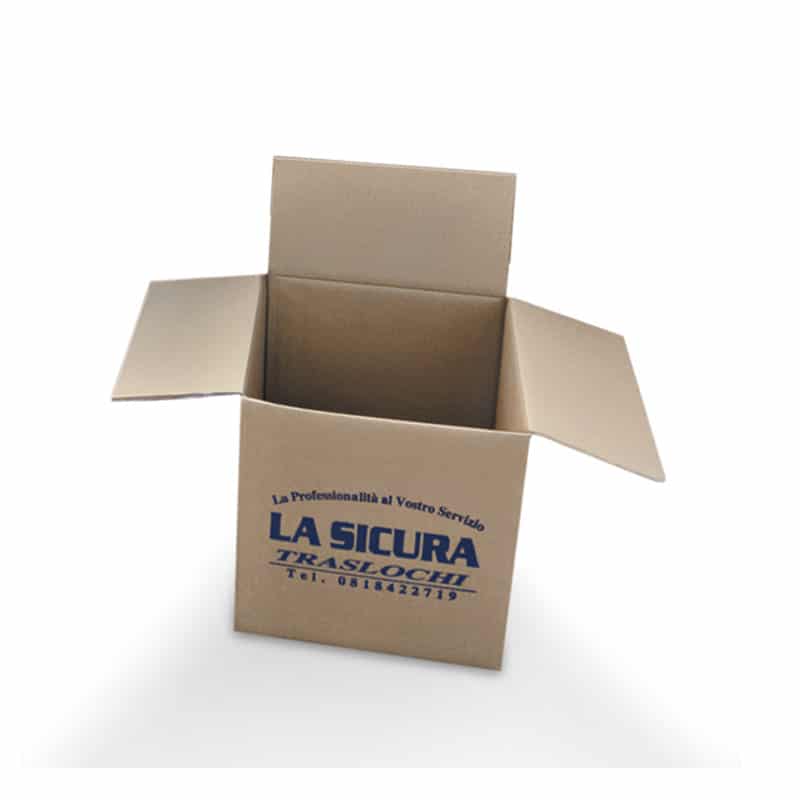
The history and evolution of packaging is a complex topic and we cannot discuss it thoroughly in a single article. However, we hope to have covered enough information to spark your curiosity.
Are you passionate about packaging and want to make some of your own? Start today with Packly!
